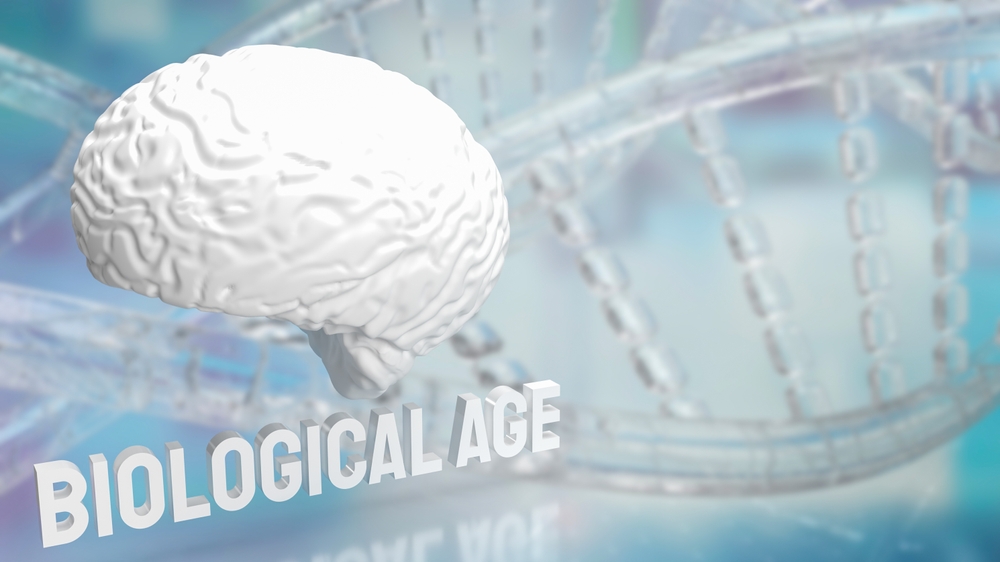
Live Well, Live Long
Science-backed tips for a healthier & longer life
Volume 4: How Do We Measure Biological Age?
Welcome back to our expert-led series on living a long and healthy life. In our previous articles, we’ve discussed how ageing can impact the different organs of your body. Today, we’re diving into how to measure biological age—a metric that provides a clearer picture of your body’s condition.
What is Biological Age?
When someone asks your age, you likely respond with your chronological age—the number of years you’ve been alive. But this doesn’t always tell the full story about your health. Picture this: One person at 50 might be running marathons, while another might struggle climbing a flight of stairs. Chronological age can only give us so much information about the body’s condition. Biological age, on the other hand, provides a clearer picture of how well your body is functioning. (1)
What are the Biomarkers of Biological Age?
Biological age is influenced by more than just your genes. Factors such as lifestyle, environmental exposures, and even stress can alter how quickly your body ages. Biomarkers are key indicators that help us understand the body’s functional state as it ages. These markers better predict your health outcomes compared to chronological age alone. Let’s explore some of the major biomarkers used to assess ageing. (2)
-Biochemical Markers
Biochemical markers are substances in the body that provide valuable insights into physiological health and the ageing process. Key biochemical markers include:
-Inflammation Markers: Compounds like C-reactive protein (CRP) and interleukin-6 (IL-6) are linked to chronic inflammation—a major player in ageing and age-related diseases. Elevated levels can indicate that your body is dealing with long-term inflammation, which is associated with accelerated ageing.
Want to check your inflammation levels?
Book C-Reactive Protein Test
-Cardiac Markers: Substances like Apolipoprotein A1, Apolipoprotein B, Homocysteine, Lipoprotein A, high-sensitivity Troponin I (hs Troponin I), and NT-proBNP help gauge your heart health and point to potential cardiovascular risks as you age.
Want to check your risk for cardiovascular disease?
Screen Advanced Cardiac Risk Markers
-Glucose Markers: Indicators such as Glycosylated Hemoglobin (HbA1c), fasting glucose, and post-prandial glucose levels shed light on metabolic health. They can indicate the risk of developing conditions like diabetes—a risk that tends to increase with age.
Get your glucose levels checked today
Book a Diabetes Screening
How Do Physical Measures Reflect Biological Age?
Ageing often brings about changes in physical abilities, and these measures help provide clues to your biological age:
-Grip Strength: This simple test of muscle strength is closely linked to your overall functional ability and longevity. Stronger grip strength often means better overall muscle health.
-Blood Pressure: As we age, blood pressure tends to increase, and elevated levels can point to higher cardiovascular risk.
-Vision and Hearing: Sensory functions like sight and hearing tend to decline with age. Monitoring changes in these areas provides insights into the ageing process.
-Joint Mobility: Less joint flexibility is an indicator of musculoskeletal ageing—an important part of overall physical health.
Epigenetic Changes
One of the more advanced methods of measuring biological age involves tracking DNA methylation patterns, often called Epigenetic Clocks. These clocks reflect changes in gene expression over time, and they can estimate biological age more precisely than just counting birthdays. A well-known example is the Horvath clock, widely used in ageing research. (3)
Telomere Length: The Cellular Clock
Telomeres are like protective caps at the ends of your chromosomes, and they get shorter with each cell division. How quickly your telomeres shorten can tell us a lot about your cellular health. Shortened telomeres are linked to a higher risk of age-related diseases and earlier mortality, making them a critical marker of biological ageing
Putting It All Together
No single biomarker can completely capture an individual’s biological age. Instead, a comprehensive assessment uses multiple factors—biochemical markers, physical measurements, epigenetic changes, and telomere length. By combining all these indicators, healthcare providers can assess biological age more accurately, allowing for better preventive care and more personalized interventions to promote healthy aging.
What’s Next In The Series?
In the next article, we’ll be diving into how different lifestyle habits, like exercise and diet, can help slow down your biological clock and promote healthier aging. Stay tuned!
(This Article is written by Ruchismita Deb, Manager- Strategic Initiatives & Diagnostics Catalog Expansion and reviewed by Dr. Swati Mishra, Medical Editor)
References:
https://www.age.mpg.de/211116/what-is-biological-age
https://www.tandfonline.com/doi/full/10.2147/CIA.S134921#d1e242
https://www.ncbi.nlm.nih.gov/pmc/articles/PMC5940111/#SD2